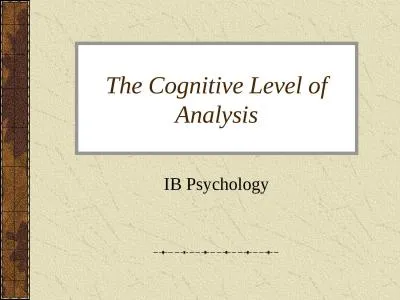PPT-Applying Cognitive Information Processing (CIP) Theory to Career Counseling & Services
Author : trish-goza | Published Date : 2018-09-18
Janet G Lenz PhD Gary W Peterson PhD Robert C Reardon PhD James P Sampson Jr PhD Florida State University Denise E Saunders PhD Private Practice National Career
Presentation Embed Code
Download Presentation
Download Presentation The PPT/PDF document "Applying Cognitive Information Processin..." is the property of its rightful owner. Permission is granted to download and print the materials on this website for personal, non-commercial use only, and to display it on your personal computer provided you do not modify the materials and that you retain all copyright notices contained in the materials. By downloading content from our website, you accept the terms of this agreement.
Applying Cognitive Information Processing (CIP) Theory to Career Counseling & Services: Transcript
Download Rules Of Document
"Applying Cognitive Information Processing (CIP) Theory to Career Counseling & Services"The content belongs to its owner. You may download and print it for personal use, without modification, and keep all copyright notices. By downloading, you agree to these terms.
Related Documents

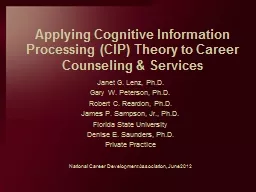

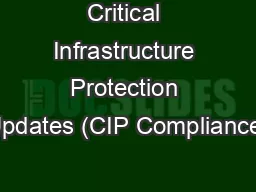

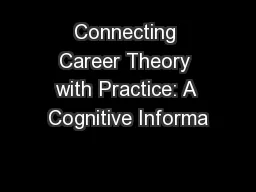
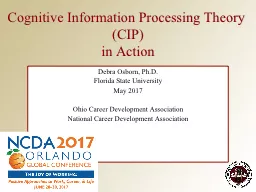



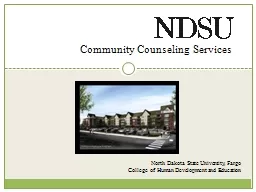

![[DOWNLOAD] - Applying Career Development Theory to Counseling (Graduate Career Counseling)](https://thumbs.docslides.com/906990/download-applying-career-development-theory-to-counseling-graduate-career-counseling-61c2a0f893be9.jpg)
